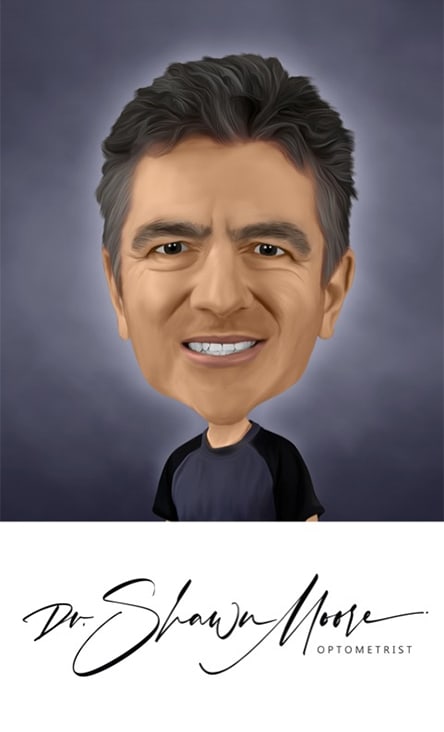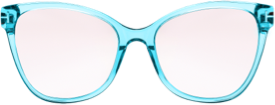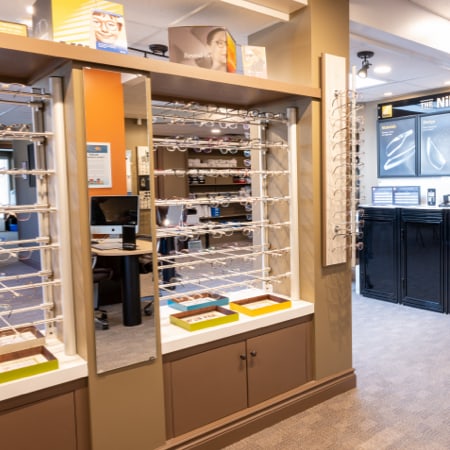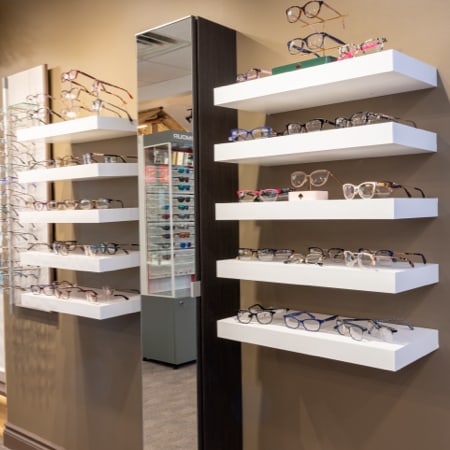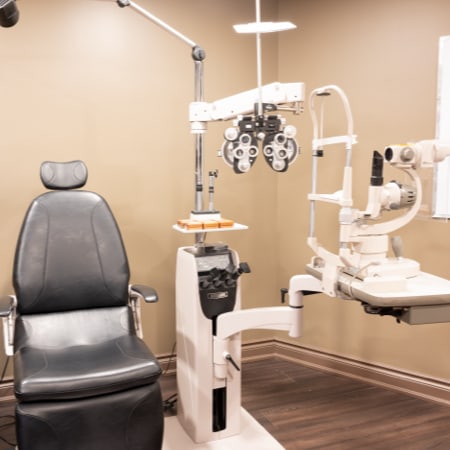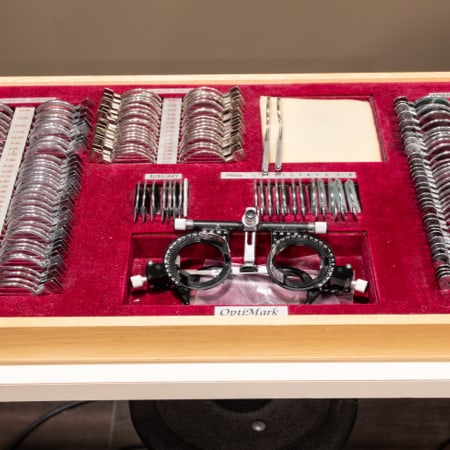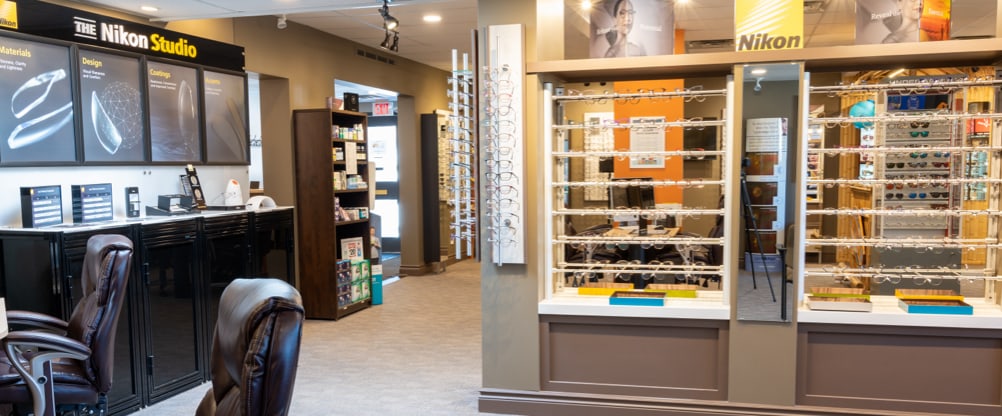If your eyes have ever felt like they were burning or like there’s a piece of sand trapped under your eyelid, you may have been experiencing dry eye disease. Dry eye symptoms can be common, but they can also be very treatable with dry eye therapy.
Dry eye therapy may include at-home solutions like eye drops and in-office treatments like iLux and IPL (intense pulsed light) therapy. Treatments with iLux use a noninvasive approach to stimulate your tear glands with a handheld device that gently applies warmth and pressure. This treatment is designed to be quick, convenient, and efficient.
How Does Dry Eye Disease Develop?
Your eyes are covered by your tear film—a clear, thin film that protects them from dust, dryness, and infections. This film is made of 3 layers:
- The mucin layer: This inner layer helps spread your tears and keep them attached to the surface of your eye.
- The water layer: This middle layer helps keep your eyes refreshed, hydrated, and lubricated while washing out debris and toxins.
- The oil layer: This outermost layer helps keep your tears smooth and stop them from evaporating too quickly. It’s supported by your meibomian glands, tiny glands running through your eyelid.
Meibomian gland dysfunction is a common cause of dry eyes that develops when a problem affects the oil layer of your tear film. When meibomian glands become blocked, plugged, or obstructed and the oils can’t reach your tears, your tears can start evaporating too quickly, leaving your eyes dry.
A problem can also develop when your eye doesn’t produce enough tears. Either way, the results are the same—your eye is left vulnerable, unprotected, and exposed. This often leads to a burning sensation and other symptoms of dry eye disease.
How Is Dry Eye Treated?
Dry eye disease is a highly treatable condition. There are a few steps you can take at home that may be able to help you find relief:
- Using eye drops as recommended by your eye doctor for temporary relief
- Adding omega-3 fatty acids to your diet to help support healthy tear production
- Eating a balanced diet
Sometimes, the condition can be too severe to treat at home, especially if the underlying cause is a problem with your meibomian glands. In those situations, you may benefit from treatments available through in-office dry eye therapy, like iLux.
What Is iLux?
iLux is a treatment designed specifically to address meibomian gland dysfunction. It’s noninvasive and uses a handheld device that applies gentle amounts of light-based heat and pressure to stimulate the area around your meibomian glands.
The heat and pressure help to melt and massage out oils trapped in your meibomian glands. Think of it almost like a spa day for your eyes. This treatment rarely causes discomfort and it typically only takes a few minutes to perform.
What to Expect from Your iLux Treatment
Your exact experience may vary, but in general, these are the steps involved for iLux treatments:
- Your optometrist will perform a quick consultation to verify whether or not iLux is a suitable choice for your needs.
- You relax in the chair and keep your eyes closed. If you have any questions, feel free to ask—we’re here to help!
- We’ll gently place the device on your eyelids. You’ll feel a bit of warmth and some gentle pressure—that means it’s doing its job.
- After the oils are melted, we’ll apply gentle amounts of pressure to help express the glands and clear the oils. This is an essential step, as it helps the oils in your glands flow freely again.
The entire process typically takes only 8–12 minutes per eye, and many people notice the results fairly quickly. Once we’ve finished, we may spend some time giving you aftercare instructions so you can avoid future symptom flare-ups. We may recommend:
- Staying hydrated
- Avoiding dry environments
- Using eye drops as needed
And if you ever notice your symptoms are returning or you’re having a dry eye flare-up, you can always return for further treatment.

Let’s Talk About iLux & Dry Eye Therapy
If you’re dealing with persistent dry eye symptoms, then iLux might be the solution you’ve been looking for. Reach out to us at Orillia Optometry, and let’s work together to help you get relief from stinging red eyes.
You don’t have to live with dry eyes. Book an appointment with our team today!


